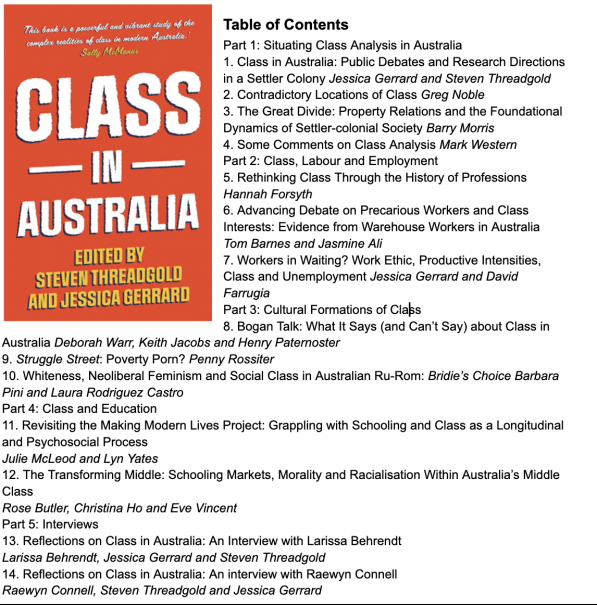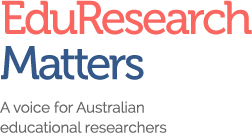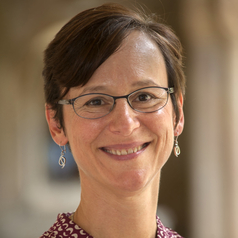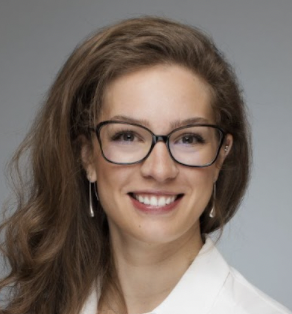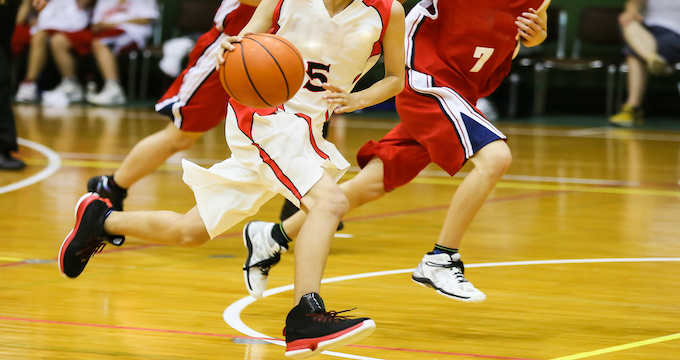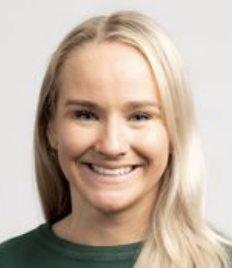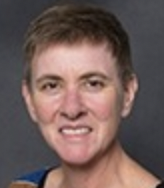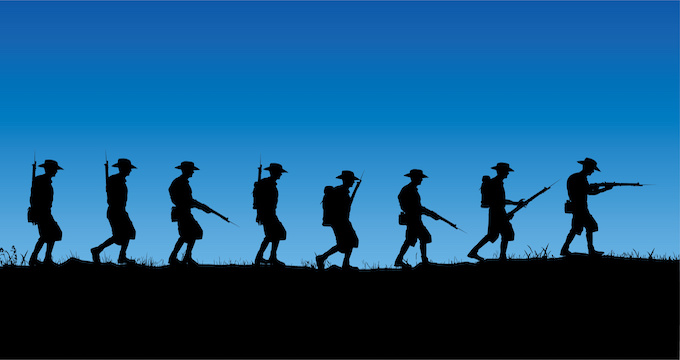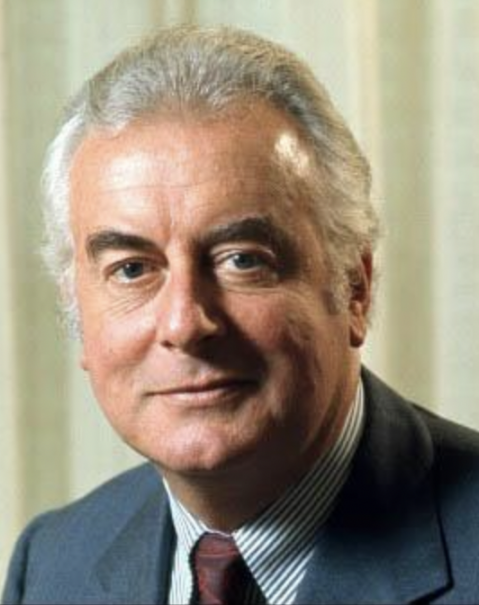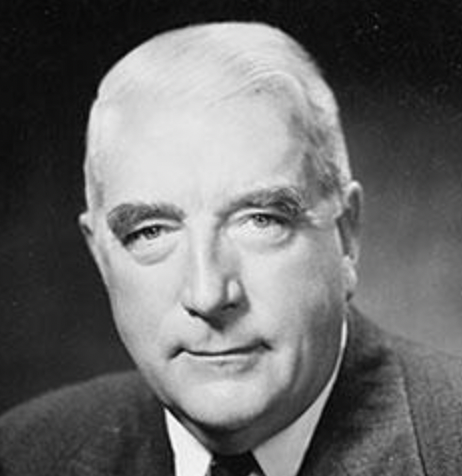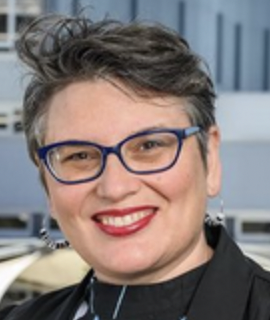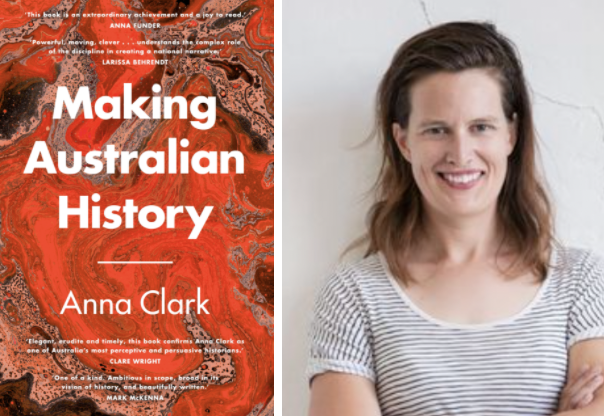Australia’s traditional middle class is feeling anxious about its ability to pass on class status to their children. Competition has grown for jobs, housing, and places in desirable schools.
Our research reveals transformations in Australia’s middle class which can be seen through the lens of education, and in particular, competitive relations in schooling markets. Neoliberal reforms to schooling have seen greater support for non-government schools, increased standardised testing, and private tutoring. The result has been greater inequality between public and private schooling sectors, and greater hierarchies and school rankings. In this increasingly competitive schooling environment, Asian-Australian members of the middle class have been disproportionately successful, giving rise to new anxieties among Anglo-Australian middle-class families.
Why now? Australia’s middle class has been transformed by decades of neoliberal policy emphasising individual entrepreneurship, consumer choice and privatisation of previously state-provided services. At the same time, Australia’s migration policy has enabled the arrival of large numbers of middle-class professionals from Asia. So, prior to the 1980s, a white school teacher or social worker might have represented a typical middle-class Australian. Now it’s just as likely to be a Chinese-speaking management accountant or an IT professional from India.
Our study found that partly in response to these anxieties, Anglo-Australian middle-class parents have developed discourses to shore up their moral status in relation to others. The middle class define the cultural logic, or moral rules that determine expectations about social behaviour and etiquette.
But the large scale arrival of middle-class Asian migrants is challenging traditional expectations about what counts as ‘proper’ middle class behaviour and norms.
We analyse two sites of tension surrounding this transforming middle class in relation to schooling, based on research in Sydney. In our first case study, white parents in a middle-class inner-city suburb define themselves as ‘community minded’ in relation to others they perceive as engaged in more instrumental parenting. In the second case study, white parents associated with high performing public schools mobilise a highly racialized concept of ‘natural ability’ to assert their legitimacy in opposition to families who use private tutoring to gain ‘unfair’ advantage. In both cases, white middle-class parents work to reproduce a particular form of middle-class identity and to secure their children’s trajectories within this altered and racialised middle-class terrain.
‘Community-minded’ white parents and middle-class moral legitimacy
‘Community-minded’ parents share features of a moral identity that previous scholars attribute to an older, white ‘moral middle class’. These are parents who espouse social democratic principles, seen, for example, in their commitment to public education and to participating in the life of the school community. They were often members of P&C committees and took up other volunteering opportunities. For them, an important part of schooling was about preparing their children to be civically minded, respectful of cultural difference and able to respond to social injustice.
These values and practices were used by these parents to symbolically signpost their difference from the competitive practices associated with ‘tiger’ parenting. Viewed as an ‘Asian’ phenomenon, ‘tiger parenting’ comprises authoritarian strategies that focus almost exclusively on achieving academic success. Our white middle-class parents expressed moral opposition to ‘over-schooling’ or additional family-driven schooling outside of school hours. For example, they expressed their opposition to homework in primary school and external preparation for exams. They stated that they did not ‘push’ their children to study and emphasised the negative aspects of tutoring, ‘cramming’ and ‘stress’ on children. They described with distaste other children who had been ‘tutored within an inch of their life’ and didn’t know ‘how to cope with anything that’s not handed to them’. These parents expressed opposition to educational competition, streaming, and the Opportunity Class and selective schooling system.
‘Natural ability’, ‘cheating’ and selective schools
In our second case study, white middle-class parents spoke explicitly of tutoring (associated with Asian migrants) as ‘cheating’, in opposition to the ‘natural ability’ of white middle-class students. These participants defined their middle-class identity as morally superior to those of students who undertook tutoring. They bemoaned that because of the ‘unfair’ advantage gained through tutoring, untutored ‘naturally bright’ white students had missed out on a place in a selective school. Meanwhile, some Asian students had ‘gamed’ the system through tutoring, despite having little natural talent. In these white participants’ view, students should not have to train for a test – a meritocratic test should simply capture ‘natural ability’.
As in our first case study, many white participants emphasised how little preparation they had done for admissions exams. Not being tutored was a badge of honour for them, and a way of distinguishing themselves from Asian-Australian students. One student confided that even though he was struggling with maths, he refused to countenance joining that ‘cheating’ system of tutoring.
In response, our Asian-Australian participants stated that they had worked extremely hard, including through tutoring, to gain a place in a selective school, and that they deserved their success. Some argued that hard work was more important than ‘being born with a brilliant mind’. Meanwhile a Vietnamese-Australian mother explained that as newcomers and members of ethnic minorities, migrants ‘can’t afford to be relaxed parents’, because their children’s education was their insurance against potential future discrimination.
Conclusion
The recent growth of middle-class migration from Asia has propelled particular competitive practices around schooling that white middle-class members often feel threaten their own social position. In our study we show how such white parents seek to reproduce a distinctive moral identity around education, contrasting themselves with what they describe as a narrow focus on academic success among Asian migrants. White parents positioned themselves as the rightful occupants of desirable schools and classes, giving us a glimpse into how morality is used to define legitimacy within Australia’s transforming middle class.
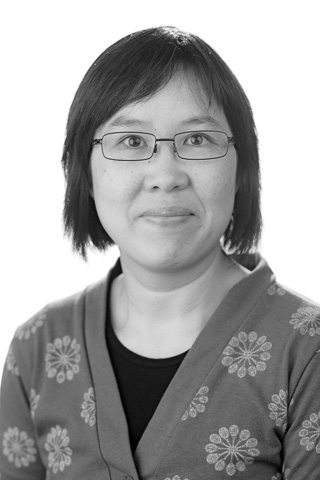
Christina Ho is an associate professor in Social and Political Sciences at the University of Technology Sydney UTS researching cultural diversity, equity and education in Australia. She is the author of Aspiration and Anxiety, Asian Migrants and Australian Schooling (2020). This post is drawn from The Transforming Middle: Schooling Markets, Morality and Racialisation Within Australia’s Middle Class, a chapter by Rose Butler, Christina Ho and Eve Vincent, which appears in Class in Australia, edited by Jessica Gerrard and Steven Threadgold.
